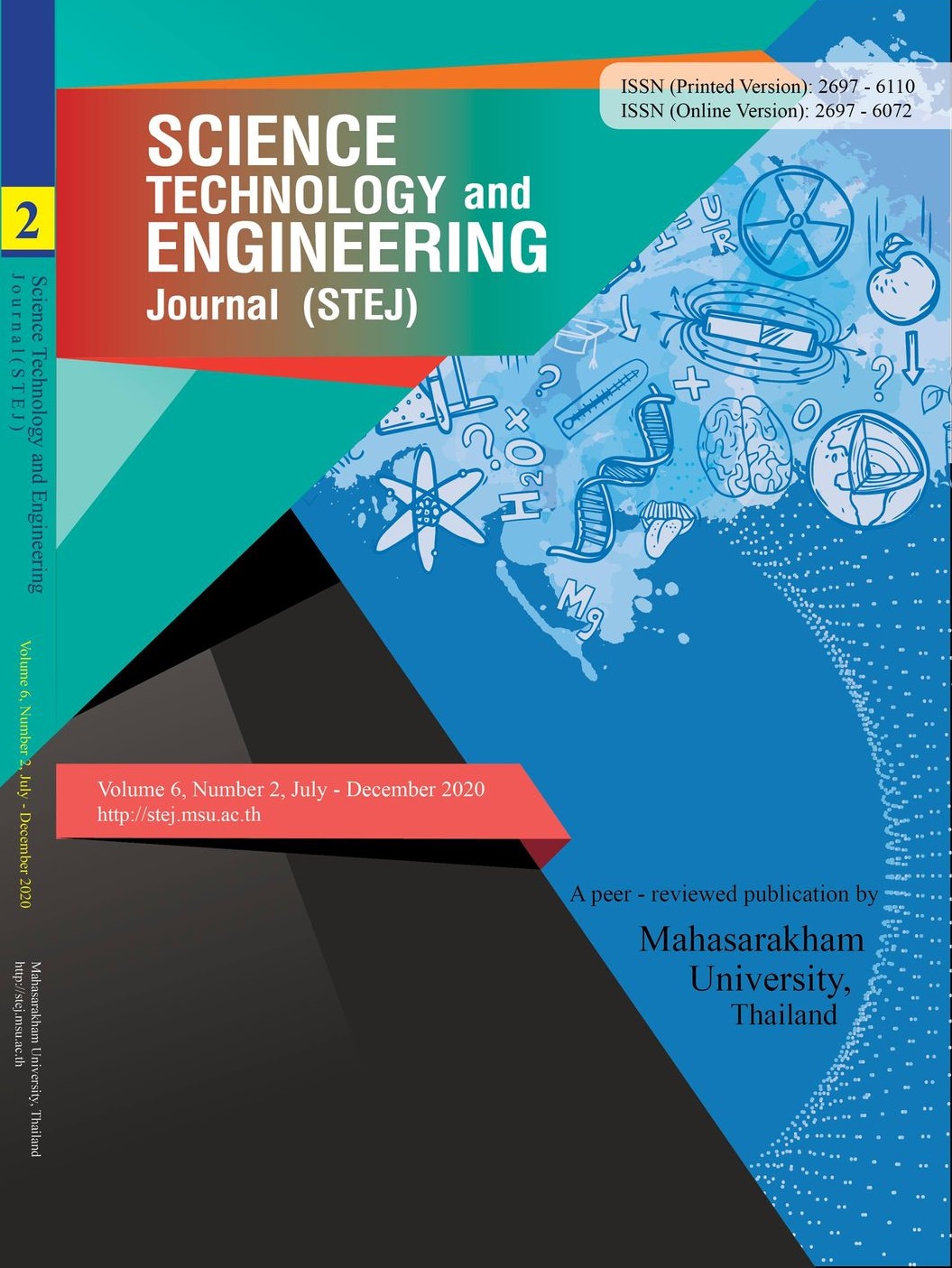Formulation Optimization of Purple Rice-Coconut Milk Drink Based on Physicochemical Properties using Mixture Design
Keywords:
coconut milk, black glutinous rice, mixture design, gum arabicAbstract
This study aimed to determine the optimum formulation of purple rice-coconut milk drink. Extreme vertices design of mixture experiments for the three components was performed. The proportions of the three components were 20.00-28.78% boiled purple rice (BPR), 10.00-18.78% grated coconut meat (GCM) and 55.00-63.78% warm water (WW) equivalent to a total of 93.78%. Four formulations were generated. The experimental data were analyzed using analysis of variance (ANOVA) and were fitted to a linear model equation. The results revealed that the increase in BPR produced a significant increase in antioxidant capacity, total phenolic content (TPC), total anthocyanin content (TAC), and the redness of the coconut milk drink. Besides, an increase of GCM caused greater values for TPC and L* and lower value for a* value. The physicochemical properties of the drink were least affected by WW. The statistically significant predictive models with satisfactory coefficients of determination (R2> 0.75) were used to plot the contour plot and determine the optimum values of responses. It was found that a formulation containing 27.92% BPR, 10.86% GCM, and 55.00% WW led to the desirable physicochemical properties with combined desirability equals to 0.753. Confirmatory trial results achieved reasonably close between the observed and predicted values. The data presented could be useful in developing a plant-based functional drink for health-conscious consumers.
Downloads
Published
How to Cite
Issue
Section
License
Copyright (c) 2020 Science Technology and Engineering Journal (STEJ)

This work is licensed under a Creative Commons Attribution-NoDerivatives 4.0 International License.








